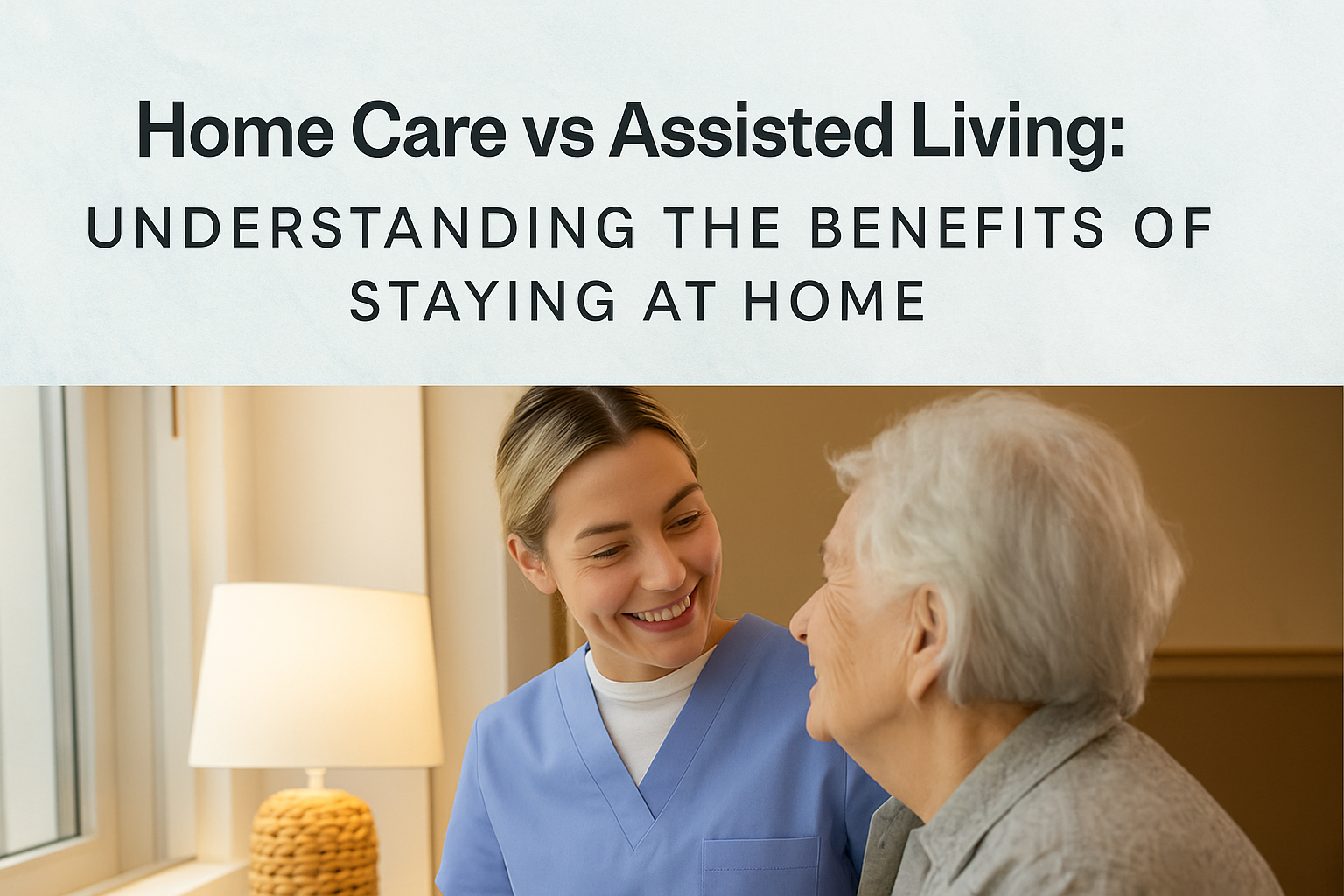Once an individual can no longer bathe themselves because of things like a risk of falling or mobility issues, they’ll need assistance to get the full benefit of the experience while staying safe. Bathing the elderly is one of the typical tasks of being a caretaker but it’s not always easy. It is, however, a necessity of life and something that most of us take for granted when we are younger.
Foregoing regular baths can lead to serious problems, including body odor, skin irritations and infections, and urinary tract infections. The latter is especially worrisome with dementia patients. This is one area where daily showers might be the best course of action. But for others, bathing daily might do more harm than good.
Determining how often and to what extent a senior needs to be bathed depends on several factors. While most experts agree that, like the majority of all adults, seniors don’t usually require daily bathing, the face, underarm areas, and groin should be cleaned daily. Washing these areas daily can help extend the period between full baths.
Evaluate the Situation
If the senior is especially resistant to bathing, ask them about their concerns. Understanding their concerns will help you implement some tools or practices that make them more relaxed. For example, if they are afraid of falling, you might add safety railings or nonstick stickers to make the shower safer. For seniors with severe mobility issues, sponge bathing might be a better alternative.
Modesty is another issue that commonly causes seniors to resist bath time. One way to make them more comfortable is to try and have a caregiver of the same sex. Also, give them a privacy towel to hold over private areas while you are washing them. Imagine how you would feel if you were in their place. That will make it easier to be understanding and find solutions that make the experience better for them. If you take a compassionate approach to bathing them, it will get easier for both of you over time.
Develop a Bathing Schedule
Determine how often a senior needs to be bathed. Some caregivers find that bathing the elderly every day is actually easier. It becomes a part of their daily routine, making them less resistant. Once you decide on the bathing frequency, it’s time to create a solid bathing schedule.
Place a wall calendar where the senior can see it easily. Mark off the days with an ‘X’ so they can track what day it is. Write-in the days when you will provide a full bath, sponge bath, etc. Consider calling it ‘spa day’ or ‘pampering’ instead of bath day to make it sound more appealing.
Preparing for Bath Time
Creating a safe setting is important for any senior. Take an honest evaluation of the bathroom before you start. Make sure all the devices you use are within reach and working. If you have to leave the senior alone while you get something, you’re putting them at risk. It also slows down the process, possibly giving them a new area for concern.
Choose Cleansing Products Carefully
Seniors aren’t only prone to thin, dry skin; they also have a higher risk of health issues that affect their skin and hair. It’s best to avoid soaps and shampoos that contain perfume. Look for gentle body cleansers that are hypoallergenic and fragrance-free. Never use a cleanser that contains alcohol since it further dries out skin. Instead, choose one that is moisture rich.
Caregivers often recommend using baby shampoo for elderly adults. It isn’t harsh, and it doesn’t burn if it gets into your eyes. Instead of applying conditioner that must be rinsed out, consider using a leave-in spray. That will save you time and add ongoing moisture to dry hair.
Once you have everything you need, place it nearby for easy access. Minimize distractions such as the TV or other noises. A careful preparation helps make bath time go smoother.
Once Bath Time Begins
Consider your own frame of mind before you start. You need to exude a sense of calm and confidence. Bathing the elderly can be challenging. It’s up to you to turn it into a fun and enjoyable part of the day. Some things that can help…
- Choose some good conversation topics. Having something prepared to talk about will help reduce the tension.
- Make sure they have access to a warm, comfy bathrobe when they get out of the tub. It will absorb the water and it’s easy to put on. This will help keep them warm and comfortable whenever they aren’t in the water. If the room is cold, turn up the heat, at least until bath time is over.
- Don’t assume that the water temperature that feels right to you is best for them. Let them test it with the back of their hand. Double check once they get in the water that it isn’t too cold or hot.
- Don’t give them more assistance than they really need. All seniors don’t require the same level of bathing assistance. Maybe they can still shampoo their hair, but they need help rinsing it out. Maybe they can still reach some areas of their body, but not others. When bathing an elderly person for the first time, don’t take them at their word about the level of help they need. Instead, talk with a family member or someone else who has already been providing their care. Letting them do the things they still can without help will make them more confident and happier.
- Tell them what you’re going to do before you do it. Don’t risk startling them by doing something unexpectedly. You don’t have to give elaborate details of each step. Simply saying things like, “let’s get your hair wet,” is enough to let them know what’s coming next.
- Examine their skin for sores or rashes while you wash. Folds of skin make great breeding grounds for bacteria that can cause infection. By washing every area thoroughly, you can examine all of their skin without making a big production of it.
- Wrap them in a robe or towel as soon as the bath is over. Dry them quickly to prevent chilling.
- Apply moisturizer to their skin to help keep it from drying out.
- Have a fresh change of clothing laid out so they can get dressed before they leave the bathroom.
The Next Level of Hygiene
– Oral Care
Bathing the elderly requires special consideration for their advanced condition. The same is true when it comes to oral health. Seniors are also more prone to a number of oral health problems. Through the years, eating foods and drinks that cause stains leads to yellowing of the teeth. The outer layer of enamel is thinner, allowing the yellow layer of dentin beneath to show through.
Dry mouth is another common condition seen in seniors due to a reduction in saliva flow. A dry mouth is often a side effect of cancer treatments, some medications, and certain health conditions. Dry mouth and gum disease contribute to tooth decay, which in turn causes tooth loss.
Seniors who wear dentures aren’t exempt from the impact of poor oral hygiene. Dentures that don’t fit well, poor hygiene, and the buildup of the Candida albicans fungus can all lead to an inflammatory condition called denture-induced stomatitis. The growth of Candida can also lead to a yeast infection in the mouth called thrush.
Seniors need to brush their teeth at least two times each day. You can make it part of the bathing process and repeat it before they go to bed for the evening. Brushing might be more effective immediately after meals.
For some seniors, holding the toothbrush firmly in their hand is the difficult part. There are special toothbrushes available that allow you to modify a regular toothbrush. Another option is to attach a tongue depressor to the handle to make it longer. If the handle is hard to hold, wrap paper towels around it and secure with a rubber band. These modifications need to be changed frequently to prevent germs from breeding.
Many seniors do well with an electric toothbrush. The handles are naturally thicker, and they don’t have to move them around as much to brush their teeth. You can also use an electric toothbrush if you have to do the brushing for them.
– Nails
You can take care of basic nail care unless they have special needs. Care should be taken in trimming nails in individuals with diabetes or in those who take blood thinners like warfarin. Avoid cutting cuticles and don’t try to deal with ingrown nails. These are better left to a podiatrist.
– Hair
Your primary concern is maintaining a clean, healthy scalp. Taking care of the scalp and hair is a necessary part of bathing the elderly. If they are bedfast, use a special hair basin that lets you wash their hair in bed. Another option is dry shampoo that you can use when they don’t shower every day.
Seniors who are still mobile might enjoy going to the salon. Some salons offer scalp treatments to prevent the buildup of oil in the scalp. They can also keep their hair trimmed and styled. Caring for their hair can go a long way to boost a senior’s confidence and mood.
Bathing the Elderly Dementia Patient
Dementia patients often present even more challenges when it comes to bathing. They may insist they just bathed or flatly refuse to bathe or even change clothes. Since bathing is more likely to become a battle, keep it down to a couple of times per week if possible. Supplement with sponge baths in-between to help keep them clean.
Link something that they like to do with bathing. Let them have a favorite treat or do some activity they enjoy right after they bathe. They may be more willing to bathe without fighting you if they have something to look forward to.
Let them get into the bathtub while there isn’t much water in it. Once they get comfortable, run it the rest of the way full.
Seniors with dementia have many of the concerns and fears that other seniors do. They might worry about falling, getting cold, undressing in front of you, or even be afraid of the water. Take the steps needed to put them at ease. Dementia patients are much more likely to be afraid of you and your intentions from something as harmless as bathing them. If they shower, keep the stream turned down. They might perceive the sting of high pressure water as a threat.
Let them do as much for themselves as possible. Depending on the stage of their dementia, they may require only light assistance. In more advanced cases, you may need to handle a lot more of the load. Remember how important good grooming is to the elderly. No matter how difficult it is to get their cooperation, it’s up to you to find solutions for any issues the day brings.
Is Being a Caregiver Right for You?
Bathing the elderly is just one of the issues you must tackle when you become a caregiver. Sometimes adults become volunteer caregivers for an aging family member or other relative or friend. Often, the responsibilities are difficult for the caregiver to handle when they try to juggle them with work. Hiring a non-medical caregiver to provide respite or regular care is often the best solution for everyone involved.
Those people who choose caregiving as their career are prepared to make their clients their priority. They have the skills and the compassion to make a difference in the person’s life.
If you need help caring for an aging loved one, contact San Diego Compassionate Caregivers. We offer a broad range of services and flexible hours to meet your specific needs. Give your loved one the compassionate care they need to stay healthy and happy in their own home.





